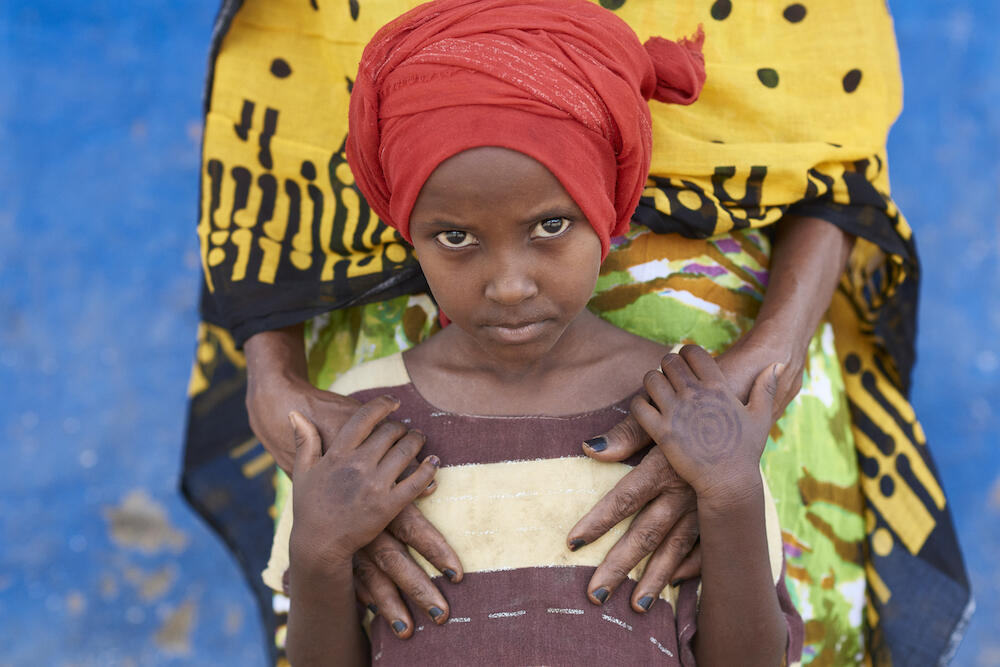Only united, concerted and well-funded action can end this human rights violation
Statement on the International Day of Zero Tolerance for Female Genital Mutilation
6 February 2021
UNFPA Executive Director Dr. Natalia Kanem
UNICEF Executive Director Henrietta Fore
Two million additional cases of female genital mutilation may occur over the next decade as COVID-19 shuts schools and disrupts programmes that help protect girls from this harmful practice.
We must act now to stop this from happening.
Even before COVID-19 upended progress, the Sustainable Development Goals target of ending female genital mutilation by 2030 was an ambitious commitment.
Far from dampening our ambition, however, the pandemic has sharpened our resolve to protect the 4 million girls and women who are at risk of female genital mutilation each year. Here’s how.
We must unite. Ending female genital mutilation requires collaboration among a wide group of stakeholders. This includes global, regional, national and local policymakers; civil society from small grass-roots organizations and women’s rights groups to international non-governmental organizations; agents of change from teachers and health workers to religious leaders and local elders; as well as law enforcement and judicial officials. Men and boys also have a crucial role to play. Together, let us also amplify the powerful and persuasive voices of survivors who are increasingly leading transformative change in their communities.
We must fund our efforts at a level equal to our commitment. Even in countries where female genital mutilation is already declining, progress needs to increase ten-fold to meet the global target of elimination by 2030. This will require some $2.4 billion over the next decade, which breaks down to less than $100 per girl. This is a very small price to pay for preserving a girl’s bodily integrity, her health and her right to say “no” to violation. However, most of this money has yet to be raised.
We must act, quickly, decisively and on many fronts simultaneously. We need to ensure that girls have access to education, health care – including sexual and reproductive health services – and livelihoods, and that they are protected by laws, policies and new social norms. Let us encourage the leadership skills of adolescent girls and their male peers and inspire their power to speak out and say “enough” to all forms of violence, including violent assaults on their bodies.
The same interventions that will end female genital mutilation will also support the power and agency of girls and women to exercise their human rights, reach their potential and contribute fully to their communities and futures. The elimination of female genital mutilation and gender equality are interdependent, mutually reinforcing goals. Simply put, if gender equality were a reality, there would be no female genital mutilation. This is the world we envision, and the Sustainable Development Goals chart the path to get us there.
We know what works. We tolerate no excuses. We have had enough of violence against women and girls. It is time to UNITE around proven strategies, FUND them adequately and ACT.



